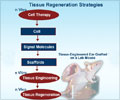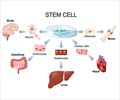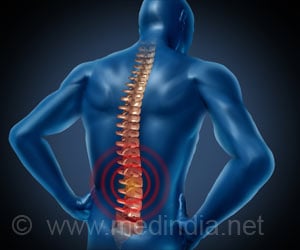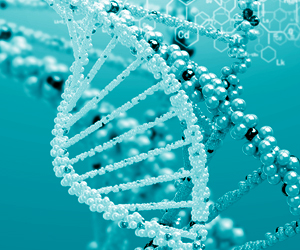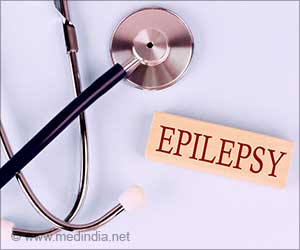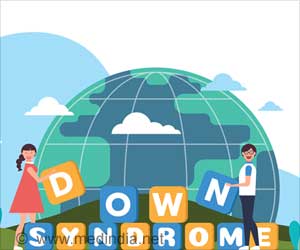A team of cardiologists at the University Hospital of Navarre, in collaboration with the Area of Cell Therapy at the same centre, and with the Gregorio Marañón Hospital in Madrid, have completed the second phase of a clinical trial on 50 patients in order to test the efficacy of myoblast adult stem cell heart transplants of persons who have suffered myocardial attack. The great novelty of this work compared to others of a similar nature is the implantation of stem cells using a catheter and not through open surgery, used to date. The current study is based on previous research carried out on experimental animals. This is a study approved by the Spanish Medication Agency, an official body certifying that the research complies with the legal, ethical and safety requisites of the patient.
The patients that are or will be involved in this trial are those who have suffered myocardial arrest and have ventricular dysfunction. Before subjecting them to the stem cell transplant, a series of tests are carried out with them such as ecocardiograms, magnetic resonance, analysis and the evaluation of spontaneous arrhythmia using Holter-ECG.The technique begins with the extraction of myoblast cells, by means of a biopsy of muscular tissue from the leg of the patient, a procedure carried out under local anaesthetic. From the tissue fragment obtained, the researchers isolate the adult muscle stem cells. These cellular units must be cultured for a month in order to obtain sufficient numbers of cells to carry out the transplant.
The culture of the cells is undertaken in the GMP (Good Manufacturing Practice) laboratory of the University Hospital of Navarra, a technique that is based on using the patient’s own serum, unlike the cultures undertaken in other studies that use animal-origin serum – and thus reduces the risk of adverse reactions. “In this way, possible infections, allergies or immunological reactions are avoided, given that foreign proteins are not introduced”, according to doctor Juan José Gavira, cardiologist at the University Hospital of Navarra. The serum is obtained by carrying out a plasmapheresis, a technique which obtains the plasma in which the myoblasts are cultured.
After the month required for the growth of the cell population, the cells obtained are injected into the heart of the patient by catheterism, using a special injection catheter. The cells are implanted in and around the damaged areas of cardiac muscle.
One of the requirements included in the clinical trials that patients have to meet is that no other invasive therapy should simultaneously accompany this trial. In this way, pointed out Dr Gavira, “the results obtained are much purer, given that no other treatment interferes with them”. Having obtained the adult stem cells, a sample thereof is analysed in the Microbiology Laboratory in order to discard the existence of infections and to certify its perfect state.
In order to implant myoblasts it is necessary to generate an anatomical reproduction of the left ventricle, which is the zone to be treated. This virtual reproduction is carried out by means of a navigation system known as non-fluoroscopic electroanatomical mapping. This technique manages to reconstruct the left ventricle in a three-dimensional form, a system that enables the location and analyses of low-voltage areas. “It is these zones without electrical activity that anatomically correspond to the heart attack. With this generation of the ventricle, obtained thanks to the navigation system, we identify the zone affected by the myocardial attack”, explains Doctor Ignacio García Bolao, specialist in the Cardiology Department at the University Hospital.
The technique is part of research trials the Phase II goal of which is to see if this new treatment is effective and to improve on the cardiac function of patients who have suffered a heart attack.
GAN/V




